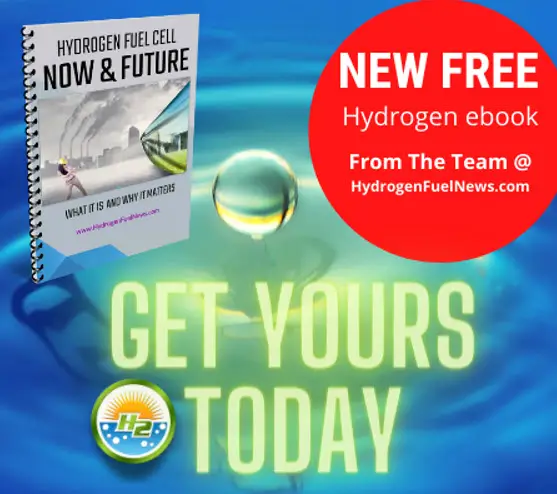
Meta AI to boost hydrogen fuel production catalyst discovery
May 25, 2022 1 By Angie BergensonThe artificial intelligence data set will be employed to accelerate modeling and simulation.
Meta, the company formerly known as Facebook, recently announced that its artificial intelligence data set will be used for the discovery of new hydrogen fuel production catalysts.
The focus of the modeling and simulation will be on oxide catalysts for oxygen evolution reaction.
Oxygen evolution reaction (OER) is a chemical reaction that is central to the production of green hydrogen fuel. Green H2 is produced using renewable energy sources such as solar or wind power. Using this method of powering the production means that carbon emissions are generated neither while the fuel is being made nor while it is being used.

The AI technology will be used in a collaboration between Meta and the Carnegie Mellon University (CMU) Department of Chemical Engineering. They will be working through the Open Catalyst Project through which machine learning is employed to discover alternatives to the current standard platinum catalyst, which is effective, but very expensive, driving up the cost of production.
The AI data set will be used for the identification of catalyst alternatives to make hydrogen fuel.
Finding new potential catalyst to use solar, wind and other renewable resources to produce green energy such as H2 is central to ensuring that a clean energy transition will be a practical and affordable one.
The data set currently consists of 1,281,040 density functional theory (DFTs), including a spectrum of different surfaces, materials, and adsorbates. These are used for simulating results from using various different types of materials that could replace current expensive precious metals for OER.
The hope is that they will be able to use artificial intelligence to greatly accelerate the process of testing various materials to identify options that are efficient, available and affordable. Alternative metal oxides have been previously identified, such as iridium and ruthenium oxides. That said, those are still associated with high costs. This project aims to find options that will bring costs down. In this way, cleaner fuels of the future will be feasible not only in terms of function but also affordability for use in a range of different applications.
About The Author
Long time clean energy enthusiast and writer of many green energy news subjects.
1 Comment
Leave a Reply Cancel reply
This site uses Akismet to reduce spam. Learn how your comment data is processed.



 With over 15 years of reporting hydrogen news, we are your premier source for the latest updates and insights in hydrogen and renewable energy.
With over 15 years of reporting hydrogen news, we are your premier source for the latest updates and insights in hydrogen and renewable energy.
Using AI to replace scientific intuition is likely to improve the rate of discovery of new catalysts for use in electrolysers, however it will look at the huge number of existing materials and will probably not be able to think of new configurations of materials that are completely different that can arise from the intuition of researchers, such as graphene, a single atomic layer polymer thought to be impossible 100 years ago.
A key way to reduce the cost of electrolysis is to add heat to the energy to split the water molecule, which reduces the amount of electric energy needed, by using waste steam in steam electrolysis, for example from the steam turbines of power stations..